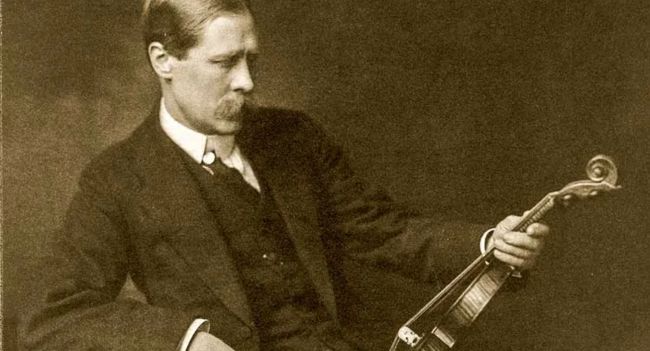Advertisement

The full story, so far as we can tell, is that it started with a family named Hill who came from Alvechurch, in the West Country. Originally carpenters, they branched out into musical instruments during the mid-1700s, particularly after one son, Joseph, moved to London, making violins in a shop on the street known as the Haymarket, where he died in 1784. This Joseph had a brother named Lockey, who in turn had a son of the same name who also entered the profession. This son, born in 1752, made periodic visits to his father back in Alvechurch, using the journeys there and back to steal horses. At his trial, this was mentioned, and while several of the leading music shop owners testified on his behalf, the court was less than lenient, and in 1796, Lockey duly paid the price for his crimes.
This left his family in difficult straits, and left his oldest son, named Lockey but who also adopted the name Henry (1774–1835), having to scavenge for work. After a period working for Betts, he, too, was captured for criminal activity and found himself confined on a prison ship on the Thames. In 1801, he somehow escaped, only to be recaptured in 1803, at which point he was to have been deported to Australia. However, perhaps due to the needs of manpower during the Napoleonic Wars on the continent, he was able to serve in the military, and after his release around 1807 seems to have followed something resembling the straight and narrow.

Now, in spite of the scandalous nature of the story so far, this is where it gets interesting. Henry Lockey married and had a son he named William Ebsworth (his wife’s family was of that name). William Ebsworth (1817–1895) chose to follow his father’s profession as a violin maker, and soon showed himself to be supremely gifted at it: highly skilled as a maker and restorer and with a fabulous memory for people and instruments. He soon became one of the primary destinations for violin fanciers. By the 1850s he had left Southwark, where the family had been living, and moved into a shop on Wardour Street, in the heart of Soho. In the 1880s, they had prospered to the point at which they took a 100-year lease on a grand building on New Bond Street, across from what we know today as Sotheby’s in Mayfair.
Advertisement
As great as William’s skills might have been, the family’s future was determined by his providing his children with both thorough training in violin making and a proper education. This ensured that the sons, William Henry (1857–1927), Arthur Frederick (1860–1939), Alfred Ebsworth (1862–1940), and Walter Edgar (1871–1905), brought to the trade a far deeper understanding of the arts and sciences than any of their contemporaries could muster. These skills were diligently applied to understanding the history and identities of the great violin makers from all across Europe. The timing could not have been more perfect, because by the time they reached adulthood, London had become the center of the global violin world and would remain so until after the Second World War. Virtually all the great instruments passed through their hands and under their discerning gazes, and they applied the rigorous methodology of art historians to the expertise of old violins, and in the process created the systems we use today.

The last of these sons died in 1940, just before the London Blitz began, and while the business came through the war relatively unscathed, the center of power and wealth was now in New York, and gradually the great instruments migrated across the Atlantic. They also had more competition, not just in the New World but also in London. Still, Alfred’s stepson Albert and his grandson Desmond maintained the traditions. By the 1980s, when the lease came up, Desmond’s sons moved the business to Great Missenden, in Buckinghamshire, into a beautiful manor house that was regrettably far from London, still the center of the European trade. Not many years later, even this outpost was closed.

